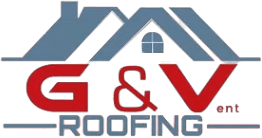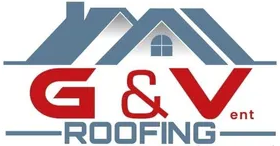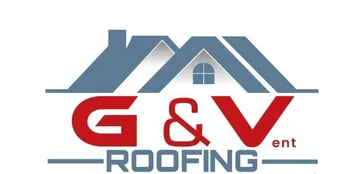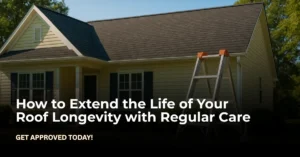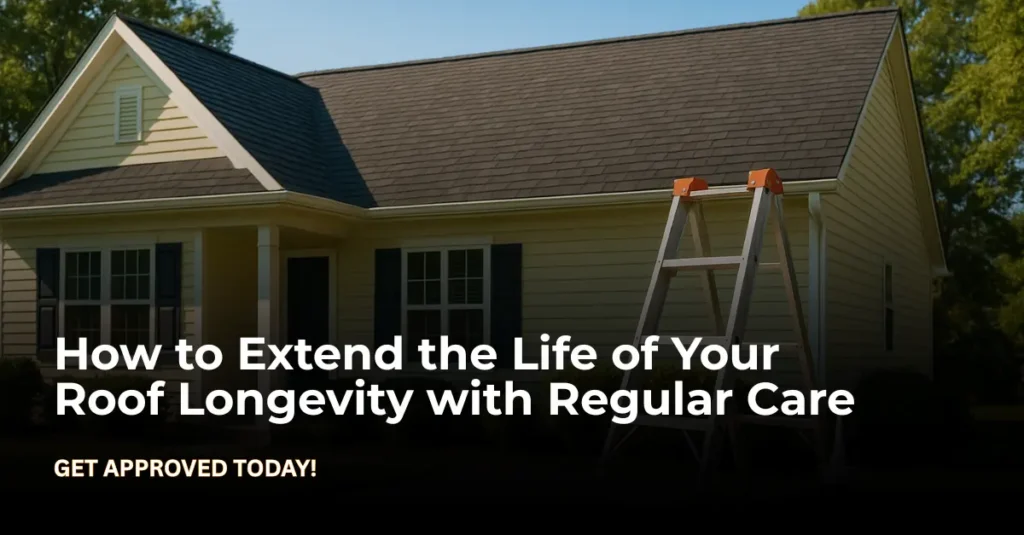
Roof longevity refers to the total number of years a roofing system can remain functional before needing replacement. A well-maintained roof lasts between 20 to over 100 years, depending on the material and maintenance.
Why does roof longevity matter?
- Cost Savings: A longer-lasting roof reduces replacement costs, which typically range from €5,000 to €30,000.
- Property Value: Durable roofing systems increase home appraisal values and attract more buyers.
- Environmental Impact: Extending roof life lowers the frequency of material waste and reduces your carbon footprint.
Lifespan per roofing material:
Material | Expected Lifespan |
Asphalt shingles | 15–30 years |
Metal roofing | 40–70 years |
Clay tiles | 50–100 years |
Slate roofing | 75–150 years |
Composite shingles | 25–50 years |
Homeowner expectations often don’t match reality. While many assume a new roof will last “forever,” neglect or poor material choice can drastically reduce service life. Fewer replacements contribute to roofing sustainability by reducing resource consumption and landfill impact.
In the next section, discover the key factors that shorten or extend your roof’s lifespan.
Key Factors That Affect Roof Longevity
Roof longevity is not just about the material. Several environmental and structural factors influence how long a roof lasts.
1. Weather Exposure
- UV radiation degrades roofing materials over time.
- Wind uplift can dislodge shingles or tiles.
- Snow and ice lead to ice damming and water penetration.
- Thermal cycling (hot days, cold nights) causes material expansion and contraction, increasing the deterioration rate.
2. Roof Installation Quality
Poor workmanship compromises roofing durability from day one. A certified roofing contractor ensures:
- Proper flashing installation
- Correct underlayment layering
- Secure edge protection
- Full drainage system integration
3. Roof Design and Pitch
- Low-slope roofs retain more moisture and debris.
- Steep-slope roofs offer better drainage and lower moisture retention.
- Effective ventilation and attic moisture control slow down rot and insulation degradation.
Next, compare roofing materials to choose the best one for long-term durability.
Choosing the Right Materials for Roof Longevity
Not all roofing materials are created equal. Durability varies by type, as does the maintenance burden.
Long-lasting roofing types ranked by lifespan:
Roof Type | Lifespan | Key Benefits |
Slate | 75–150 yrs | Fire-resistant, low maintenance |
Clay Tile | 50–100 yrs | UV stable, wind-resistant |
Metal Roofing | 40–70 yrs | High corrosion resistance, recyclable |
Composite Shingles | 25–50 yrs | Impact-resistant, variety of styles |
Asphalt Shingles | 15–30 yrs | Affordable, widely available |
Attributes that impact material durability:
- Fire resistance: Critical in wildfire-prone areas.
- Hail impact rating: Important in hail-risk zones.
- UV stability: Helps prevent surface erosion.
- R-value (insulation): Higher value equals better energy efficiency.
Cost vs. lifespan: Although slate and metal cost more upfront, their ROI increases due to less frequent replacements.
Now let’s shift focus to preventive maintenance, which is the easiest way to add decades to your roof’s service life.
Preventive Maintenance Tips to Improve Roof Longevity
Routine roof care is one of the most cost-effective ways to extend roof life.
1. Schedule Regular Inspections
- Inspect twice a year (spring and fall).
- Check for cracked shingles, granule loss, and surface erosion.
2. Keep Gutters Clean
- Clogged gutter systems cause water to back up under shingles.
- Install guards to prevent blockages from leaves and debris.
3. Repair Small Issues Immediately
- Fix sealing joints, flashing leaks, and minor cracks before they grow.
- Replace missing or blistered shingles right away.
4. Create a Maintenance Calendar
Task | Frequency |
Gutter Cleaning | 2–4x per year |
Visual Roof Inspection | Biannual |
Sealant Reapplication | Every 3–5 years |
Attic Moisture Check | Annually |
Next: How proper ventilation works to slow roof aging and reduce structural damage.
The Role of Proper Roof Ventilation in Roof Longevity
Roof ventilation reduces moisture and heat accumulation, two of the main causes of roof degradation.
How does ventilation increase roofing durability?
- Keeps attic airflow rate stable, preventing condensation.
- Minimizes heat buildup, lowering shingle temperature.
- Preserves insulation effectiveness and reduces insulation degradation.
Components of a well-ventilated roof:
- Ridge vents at the peak for hot air exhaust.
- Soffit vents at the base for fresh air intake.
- Attic fans for improved air circulation in still climates.
Proper ventilation is critical in cold climates where poor airflow increases ice dam formation.
Next, learn how to identify when a roof is reaching the end of its lifespan.
Signs Your Roof May Be Reaching the End of Its Longevity
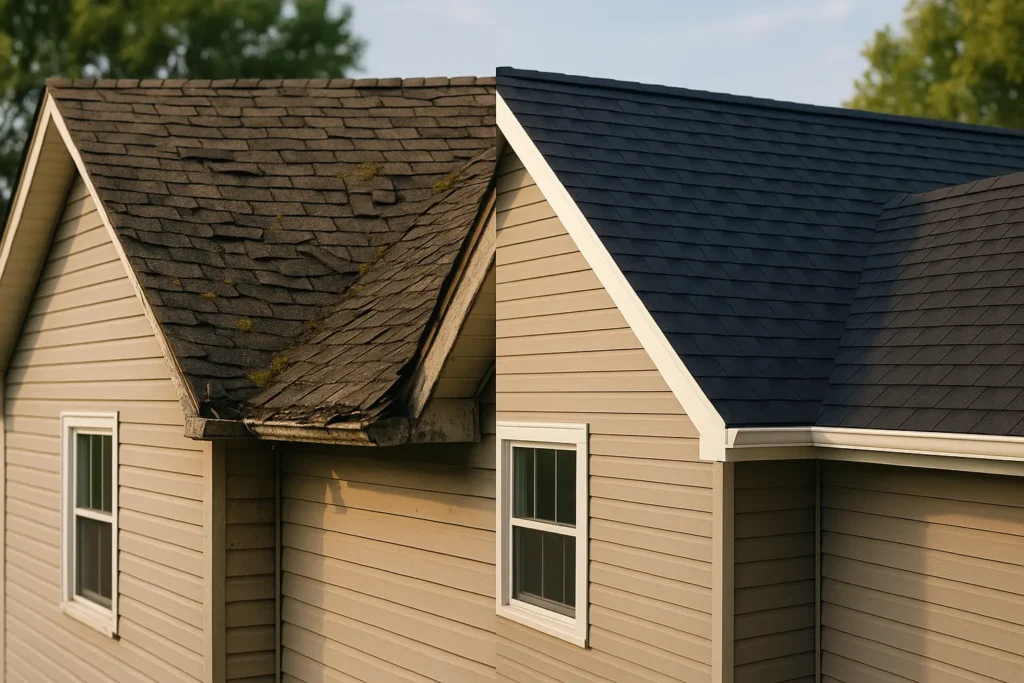
Identifying signs of roof aging early can save thousands in damage.
Visible warning signs:
- Curling shingles or corners lifting up.
- Blistering or bubbling of the surface.
- Roof granules accumulating in gutters.
Structural symptoms:
- Roof sagging in the middle.
- Water stains on ceilings or walls.
- Exposed underlayment or missing shingles.
When to replace:
- If more than 25% of shingles are damaged, repair is no longer cost-effective.
- If the roof deck is soft or warped, structural damage is likely.
Continue reading to explore weatherproofing techniques that reduce wear from the elements.
Roof Longevity and Weatherproofing Techniques
Weatherproofing protects roofs from environmental damage like rain, snow, wind, and UV.
1. Install Underlayment Layers
- A waterproof membrane adds protection beneath the shingles.
- Useful in heavy-rain and snow zones.
2. Apply Elastomeric Coatings
- These flexible roof sealants create a hydrophobic barrier.
- Extend lifespan by shielding against UV and water.
3. Use Ice and Water Shields
- Prevent ice damming in valleys and roof edges.
- Essential for homes in freeze-prone regions.
4. Secure Flashing and Joints
- Seal all flashing with proper adhesives or roofing tar to stop leaks.
Next: Why hiring a roofing inspector can prevent unexpected failures.
How Professional Inspections Boost Roof Longevity
Certified roof inspections uncover hidden issues before they escalate.
What a professional inspection includes:
- Drone inspections for inaccessible areas.
- Thermal imaging to detect unseen leaks.
- Roofing checklist covering flashing, vents, underlayment, and surface wear.
Inspection schedule:
- Every 6 months for homes in extreme weather zones.
- Annually for mild climates.
- After major storms or hail.
Early detection through roofing contractor services helps extend lifespan and minimize repairs.
Now, let’s talk about the financial upside of investing in roof longevity strategies.
Cost-Benefit of Investing in Roof Longevity Strategies
Investing in roof longevity saves more than it costs.
Benefits:
- Roof maintenance costs €200–€500 per year. Replacements can exceed €20,000.
- Homes with newer roofs enjoy lower insurance premiums.
- Homes with long-lasting roofs have 5% higher resale value, on average.
Roof longevity contributes to:
- Capital preservation: Fewer major expenses over time.
- Amortized value: Spreads cost across decades.
- Roof warranty protection: Maintains eligibility through maintenance.
Next: How eco-friendly roofing enhances both longevity and sustainability.
Green Roofing and Its Role in Roof Longevity
Green roofs and energy-efficient systems last longer and help regulate internal temperatures.
Types of eco roofs:
- Cool roofs reflect sunlight, reducing heat absorption.
- Living roofs (vegetated) insulate and manage stormwater.
- Solar-reflective shingles improve energy efficiency.
Longevity benefits:
- Lower thermal stress from UV and heat.
- Reduced stormwater erosion.
- Increased eligibility for LEED certification and green building credits.
Eco-friendly roofs combine environmental value with long-lasting protection.
Let’s now review how regional conditions affect material choice and care.
Regional Considerations for Roof Longevity
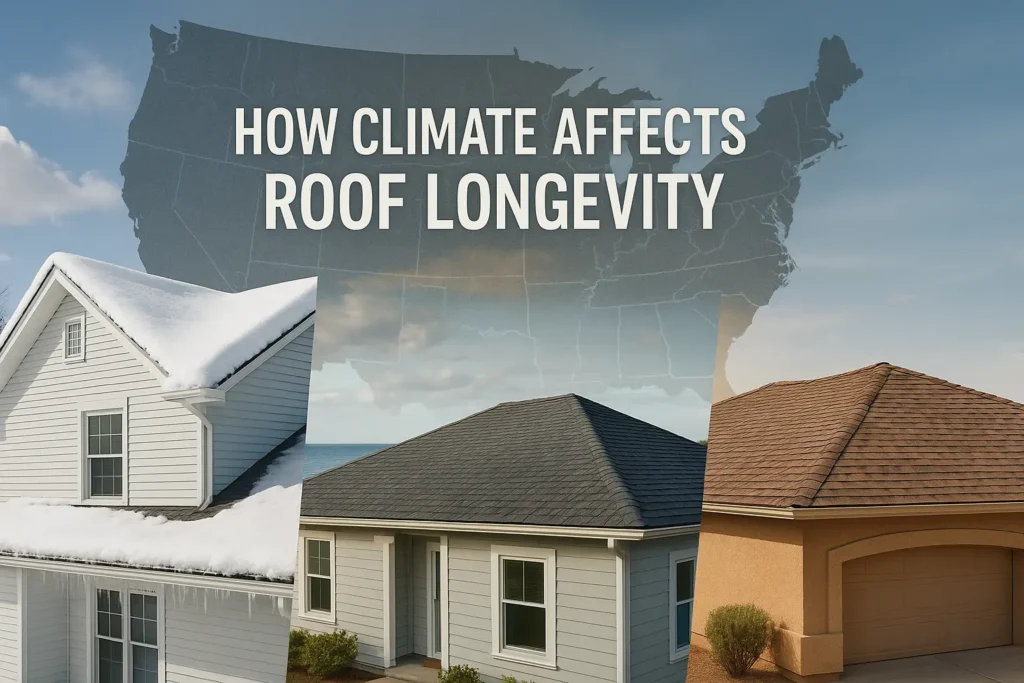
Local climate determines which roofing materials perform best.
Hot climates:
- Use cool roofing materials with high albedo.
- Avoid asphalt, which degrades under extreme heat.
Cold regions:
- Choose metal roofs for snow shedding and ice resistance.
- Install ice shields and proper insulation to manage freeze-thaw cycles.
Coastal areas:
- Opt for materials with high salt corrosion resistance like slate or metal.
- Ensure tight sealing to resist wind-driven rain.
Humid zones:
- Mold-resistant materials like clay tiles and metal roofing perform best.
- Ensure strong ventilation to combat humidity impact.
Finally, here are concise answers to the most common questions about roof longevity.
✅ FAQs on Roof Longevity (Schema-Optimized)
Roof lifespan depends on the material: asphalt (15–30 years), metal (40–70), clay (50–100), and slate (75–150).
If more than 25% of shingles are damaged or you see leaks, sagging, or mold, it’s time to replace.
Yes. Prompt repairs and maintenance can add 5–15 years to a roof’s lifespan.
Weather, installation quality, material type, and ventilation have the biggest impact.
Yes. Annual maintenance saves thousands in damage and extends the roof’s life significantly.
A schedule for tasks like cleaning gutters, sealing cracks, and checking for leaks twice a year.
Want More High-Quality Roofing Projects on Long Island?
G&V Roofing delivers trusted craftsmanship, reliable service, and local expertise that turns property owners into lifelong clients—all from one professional source.
Our Services:







Learn About:





🏡 Looking to Upgrade Your Roof or Protect Your Property Investment?
Whether you’re a homeowner looking for reliable roof solutions or a property manager seeking fast, expert repairs—G&V Roofing is your go-to Long Island partner for long-lasting protection and peace of mind.
 Follow Us for the Latest in Roofing Care, Property Protection & Home Improvement:
Follow Us for the Latest in Roofing Care, Property Protection & Home Improvement:





